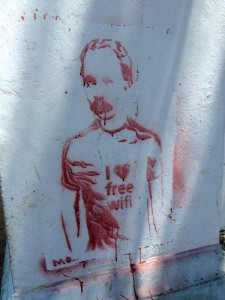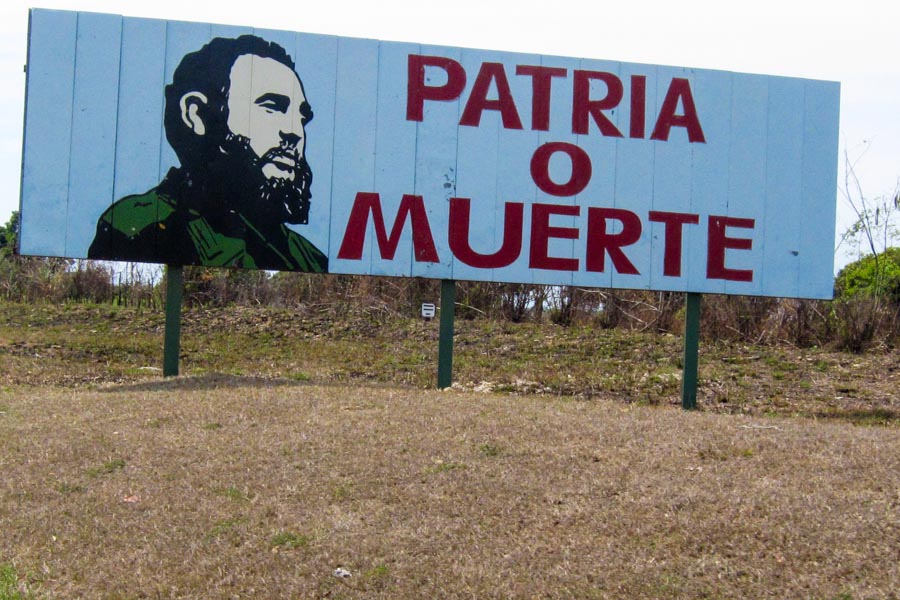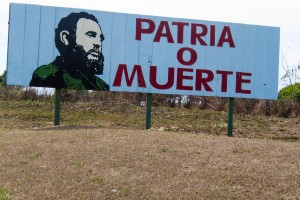Hi all! My name is Gio Rodriguez – Pino and I’m a rising senior in Gallatin, concentrating my studies on the Business of Entertainment Media with a particular focus on Political Economy and the Globalization of Mass Media. This summer I’ll be combining several different fields of study in order to examine the complex and changing status of Cuba’s policies towards several topics, ranging from freedom of expression and the free flow of information.
This is a study and project that is deeply important to me, as a first generation Cuban-American. Although I’ve always identified myself as Cuban, I have never truly been able live as ‘un cubano’. This past May I was lucky enough to be given the opportunity, through DASR and my work with Professor Roach, to go to the island. Being physically barred from my own people and heritage was never my decision. And while there is a great amount of discourse and opinion surrounding a “cubano’s return” to the island, personally, going back finalized a chapter of uncertainty in my life. I proceeded to make peace with myself, my family’s history and with the island.
When I first landed in Havana, I was unsure about what to expect. I was immediately struck by the use of public space and art, which some would categorize as “propaganda.” Depending on the ideological perspective, “communication” can be propaganda and public space can be battleground. In fact, propaganda is a vehicle to a better understanding of the revolutionary city. The very billboards and murals that captured my attention, are examples of the struggle over the meaning of public space that shape their community life. Taking up the political function, propaganda billboards are similar to public information campaigns with a focus on education for the public good. Whereas traditional advertising might entice someone to buy items by using attractive models as visual metaphors, political communication makes use of the heroic national figure for “ideological mobilization.” One example that I’d like to share with you all, is a piece that I came across while walking in Vedado.

Marti is a national hero and has inspired generations of cubans with a common faith in a dignified future and, as seen in the image above, an appropriate figurehead to mobilize the “internet revolution.” When put in conversation with the examination of freedom of expression and the free flow of information, there are certainly questions to be asked. While it is clear that greater access to the internet is necessary, there are still many issues regarding the political ramifications, regulatory practices and what this transformation will look like for the regular citizen.
I’m excited to see where my questions take me from here and thankful to have such an awesome community to help me along the way.
-Gio


Hey Gio! This is seems like a really cool project. I too got to visit Cuba this winter through Gallatin and I know what you mean about the public art/propaganda. What always struck me about the billboards was not the political slogan, but the artistic image that accompanied the message. I like the example you used of the spray painted image of Marti — especially also considering the Marti statue in Central Park. In the NYC context, Marti seems like a figure of the past, whereas in the graffiti in Vedado he is used as a signal of future change.